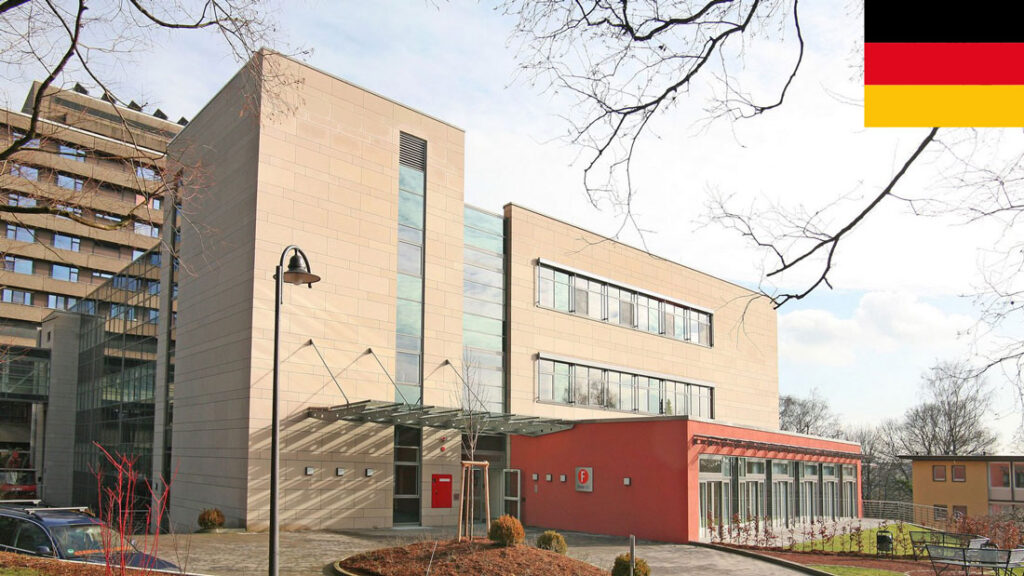Vision Restoration: A Hope for Glaucoma Patients
Introduction to Glaucoma and its Impact on Vision
Imagine living in a world where your vision slowly fades, leaving you in a constant battle with darkness. This is the reality for many individuals battling glaucoma, a progressive eye condition that can rob them of their sight. However, amidst this challenge lies a flicker of hope – the possibility of vision restoration. In this blog post, we will explore the innovative technologies and inspiring stories that are paving the way for glaucoma patients to reclaim their eyesight and embrace a brighter future.
Current Treatment Options for Glaucoma
Glaucoma, a leading cause of irreversible blindness worldwide, requires timely intervention to preserve vision. Current treatment options aim to lower intraocular pressure, the main risk factor for glaucoma progression. Eye drops are commonly prescribed as first-line therapy to reduce eye pressure by enhancing fluid drainage or decreasing its production.
In cases where eye drops prove insufficient, oral medications may be recommended. These medications work by regulating fluid dynamics in the eyes. Laser therapy is another option used to improve fluid outflow and reduce intraocular pressure effectively.
Surgical interventions such as trabeculectomy or minimally invasive glaucoma surgery (MIGS) may be considered when medications and laser treatments do not provide adequate control over eye pressure levels.
Regular monitoring and compliance with treatment regimens are essential in managing glaucoma effectively and preserving visual function for as long as possible.
The Concept of Vision Restoration
Vision restoration is a revolutionary concept that offers hope to individuals affected by conditions like glaucoma. It involves innovative techniques and technologies aimed at improving or regaining lost vision, providing a new ray of hope for those struggling with visual impairments.
By focusing on repairing damaged optic nerves or enhancing neural connections within the eye, vision restoration seeks to address the root causes of vision loss in patients with glaucoma. This approach goes beyond just managing symptoms; it aims to restore functionality and quality of life for those impacted by this debilitating condition.
Through ongoing research and advancements in technology, scientists and medical professionals are constantly exploring new avenues for achieving vision restoration. From stem cell therapies to neuroprotection strategies, the field is brimming with potential solutions that could transform the way we treat glaucoma-related vision loss.
As our understanding of the complexities of the visual system deepens, so too does our ability to develop more effective and personalized approaches to vision restoration. With continued innovation and perseverance, there is great optimism for significant breakthroughs in restoring sight to those affected by glaucoma in the near future.
Breakthrough Technologies in Vision Restoration
Imagine a world where vision restoration for glaucoma patients is no longer just a dream but a reality. Thanks to breakthrough technologies, this vision is becoming increasingly tangible. Cutting-edge innovations like retinal implants and gene therapy are paving the way for restoring sight in individuals affected by glaucoma.
Retinal implants work by bypassing damaged cells in the eye, directly stimulating the remaining healthy cells to transmit visual information to the brain. This technology holds promise in restoring partial vision to those with advanced stages of glaucoma. On the other hand, gene therapy involves introducing therapeutic genes into retinal cells to repair damage caused by glaucoma, potentially halting its progression and even reversing vision loss.
These advancements offer hope and possibilities previously unimaginable for glaucoma patients worldwide. As research continues to push the boundaries of what’s possible, we may soon witness a future where regaining vision lost to glaucoma is not only feasible but routine.
Success Stories of Glaucoma Patients Who Underwent Vision Restoration
Imagine the joy of a glaucoma patient who regains their vision through innovative treatments. These success stories inspire hope and show that vision restoration is not just a dream but a reality for many. One such patient, Sarah, had lost almost all sight in her left eye due to advanced glaucoma.
After undergoing vision restoration treatment using cutting-edge technology, Sarah experienced significant improvement in her vision. She can now see clearly and perform daily tasks with ease, bringing back independence and quality of life. Another success story is Mark, who faced challenges with his peripheral vision due to glaucoma.
Through personalized vision restoration therapies tailored to his condition, Mark regained lost visual fields and could once again enjoy activities he loved. These stories highlight the transformative impact of advancements in restoring eyesight for those affected by glaucoma.
Challenges and Limitations of Vision Restoration
Vision restoration for glaucoma patients offers hope, but it also comes with its set of challenges and limitations. One major challenge is the complexity of the eye’s structure and function, making it difficult to fully restore vision once it has been lost. Additionally, the progression of glaucoma can vary greatly among individuals, posing a challenge in predicting outcomes.
Another limitation is the cost associated with advanced vision restoration technologies, which may not be accessible to all patients due to financial constraints. Furthermore, not all patients may respond equally well to these treatments, highlighting the need for personalized approaches in vision restoration.
Moreover, research in this field is ongoing, and there is still much to learn about optimal strategies for vision restoration in glaucoma patients. Despite these challenges and limitations, advancements continue to be made towards improving outcomes and quality of life for those affected by this sight-threatening condition.
The Future of Vision Restoration: Possibilities and Potential Developments
Exciting advancements in vision restoration offer hope to glaucoma patients worldwide. The future holds promising possibilities with ongoing research and innovative technologies aiming to reverse vision loss caused by this debilitating eye disease.
Researchers are exploring cutting-edge treatments like stem cell therapy, gene therapy, and neuroprotection strategies to target the root causes of glaucoma and restore damaged optic nerves. These potential developments could revolutionize the way we approach treating this progressive condition, offering new avenues for improving visual outcomes.
Additionally, artificial intelligence (AI) and machine learning algorithms are being harnessed to enhance early detection of glaucoma and personalize treatment plans for each patient. By leveraging these tools, ophthalmologists can intervene sooner and tailor interventions based on individual risk factors, optimizing the chances of preserving vision in those affected by this sight-threatening disease.
As we look ahead towards the horizon of vision restoration possibilities, one thing remains clear – a brighter future is on the horizon for individuals battling glaucoma. Stay tuned as we continue to push boundaries in eye care innovation!
Conclusion: Empowering Glaucoma Patients with the Hope of Vision Restoration
The advancements in vision restoration give hope to glaucoma patients worldwide. Despite the challenges and limitations, breakthrough technologies offer a glimpse of a brighter future for those affected by this condition. By staying informed about the latest developments and seeking appropriate treatment options, individuals living with glaucoma can empower themselves with the possibility of restoring their vision and improving their quality of life. Let us continue to support research efforts and raise awareness to ensure that all glaucoma patients have access to innovative treatments that may one day lead to full vision restoration.



